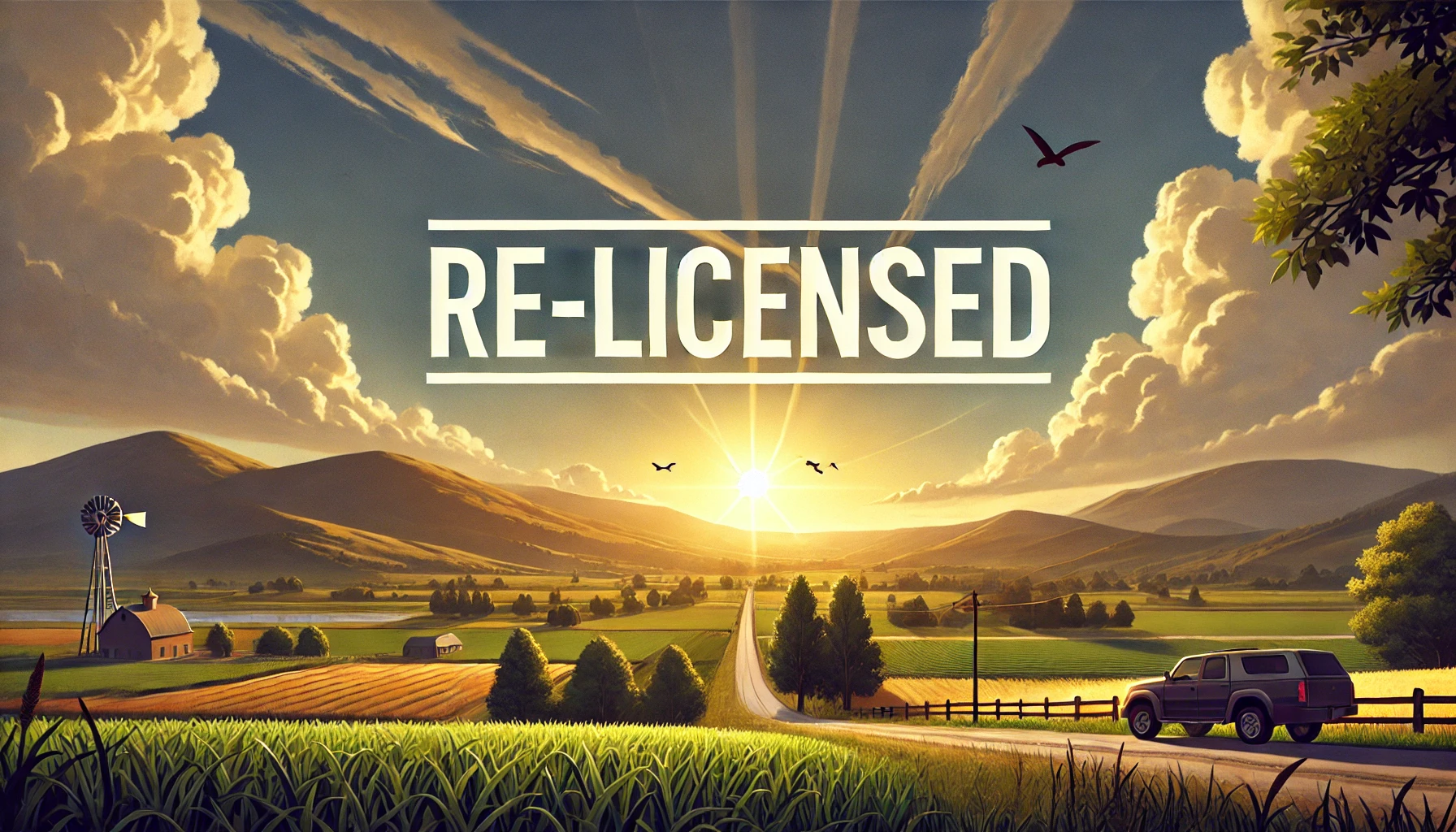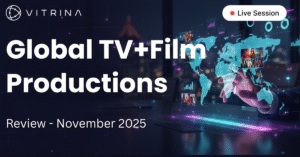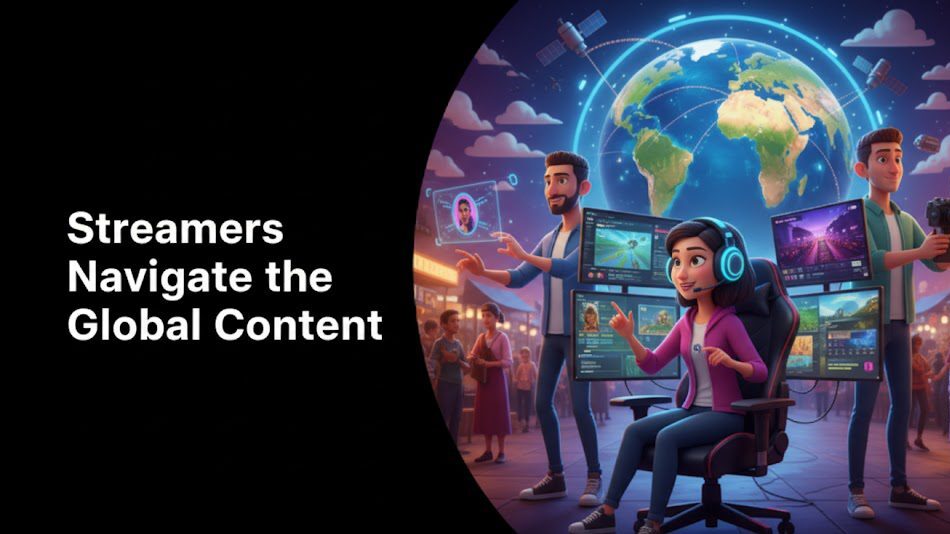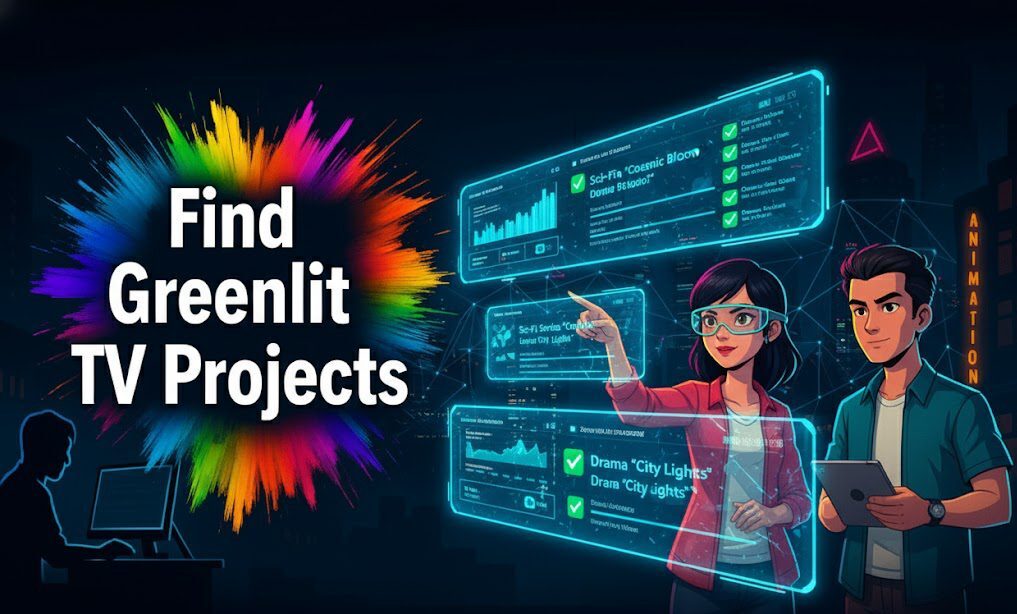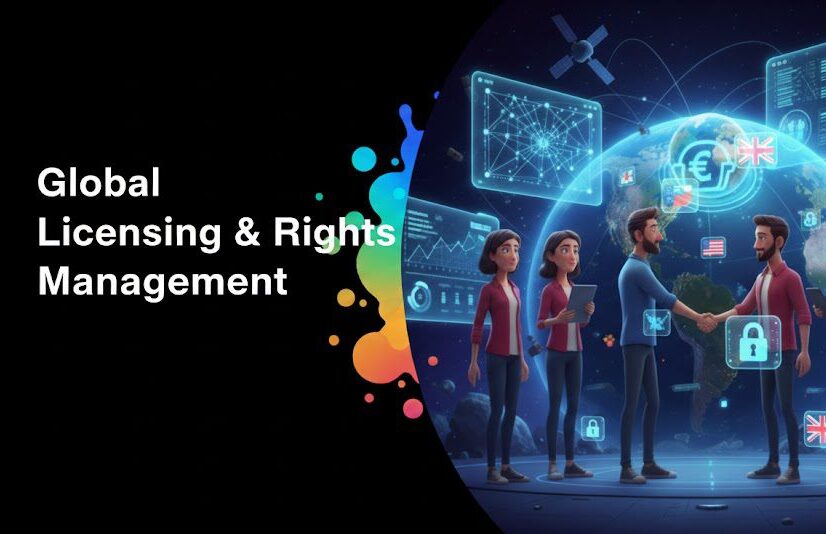Introduction
In the fast-evolving world of streaming, content is king — but what happens when the rights to stream that content expire? That’s where Re-Licensing comes in. Whether you’re a content owner, distributor, or a streaming platform executive, understanding re-licensing is essential for navigating modern content strategies.
This article will break down what re-licensing really means, why it’s a strategic powerhouse for streaming platforms, and how deals are structured, renewed, or expanded globally. You’ll get insight into the types of content deals, negotiation tactics, benefits, risks, and how platforms use data and tools like Vitrina to make smarter re-licensing decisions.
💡 By the end of this article, you’ll walk away with a clear understanding of the re-licensing process, how it shapes global content supply-chains, and actionable insights into how to optimize your own licensing strategies.
Smarter Content Renewal Decisions Start with Vitrina

What is Re-Licensing?
Re-Licensing is the process of renewing or renegotiating content rights after the initial license period ends. This allows streaming platforms to continue offering high-demand content or to expand the scope of distribution — for example, to new regions or formats like AVOD or FAST.
It’s a critical component in content lifecycle management, especially as competition heats up and subscriber retention depends on keeping beloved shows and movies accessible.
Why Streamers Re-License Content
Streaming platforms like Netflix, Amazon Prime, and Disney+ re-license content for several reasons:
- Audience Demand: High-performing titles drive engagement and subscription retention.
- Brand Association: Iconic shows are linked with platform identity.
- Cost Efficiency: Re-licensing can be cheaper than acquiring new IPs or producing originals.
- Global Expansion: Extending regional rights supports platform growth in new territories.
Types of Re-Licensing Deals
There are various ways platforms re-license content:
- Straight Renewal: Extend existing license period under same/similar terms.
- Expanded Licensing: Add territories, languages, or monetization channels.
- Window Shifting: Re-acquire content for a second window after initial exclusivity ends.
- Revenue-Sharing Models: Adjust terms based on content performance or advertising revenues (common in AVOD/FAST).
Discover Global Re-Licensing Opportunities

How Streamers Negotiate Re-Licensing Deals
Re-licensing negotiations are increasingly data-driven:
- Usage Analytics: Viewer metrics, completion rates, genre heatmaps.
- Market Trends: Region-wise genre performance, language preferences.
- Competitive Benchmarks: What rivals are licensing, pricing intelligence.
- Talent or IP Value Projections: Star-led content or IP with merchandising potential.
Contractual terms include duration, exclusivity clauses, platform types (SVOD, AVOD, FAST), geo-rights, and performance-linked bonuses.
Benefits of Re-Licensing for Platforms
✅ Cost-Efficiency: Avoid high production costs.
✅ Proven Engagement: Extend the lifecycle of successful IPs.
✅ Content Variety: Combine originals with fan-favorite titles.
✅ Flexible Monetization: Use across SVOD, AVOD, and FAST.
✅ Strategic Leverage: Strengthen negotiations in international markets.
Risks and Challenges in Re-Licensing
⚠️ Rising Costs: As content value rises, so do renewal costs.
⚠️ Availability Conflicts: Titles may be pre-committed to other distributors.
⚠️ Changing Audience Tastes: Old hits don’t always stay relevant.
⚠️ Geo-Right Limitations: Regional laws and exclusivity clauses can limit expansion.
How Vitrina Helps with Re-Licensing Deals
Vitrina empowers streaming platforms and rights holders to optimize re-licensing decisions by offering:
🔍 Content Performance Intelligence: Market-wise insights and trend mapping.
📈 Competitor Tracking: Real-time intelligence on what rivals are licensing or re-licensing.
🔗 Partner Matchmaking: Find distributors or producers for new region-specific rights.
📊 Project Tracker API: Map content deals by genre, format, language, and collaborators.
👥 Decision-Maker Access: Verified contact data to outreach for negotiation and deal-making.
Whether you’re seeking second-window deals or expansion into FAST, Vitrina’s deep metadata and network of 72,000+ decision-makers streamline your dealmaking workflow.
Key Takeaways
- Re-Licensing is vital for platform strategy, viewer retention, and cost efficiency.
- Deals vary from simple renewals to complex expansions with new monetization layers.
- Smart re-licensing requires data, trend analysis, and competitor benchmarking.
- Vitrina gives you an unmatched edge in re-licensing intelligence and outreach.
Frequently Asked Questions
Licensing is the first content rights agreement; re-licensing is renewing or expanding it.
It depends on initial terms — typically every 1-3 years or when performance exceeds expectations.
Absolutely. Re-licensing helps smaller players monetize content across newer regions or formats.


